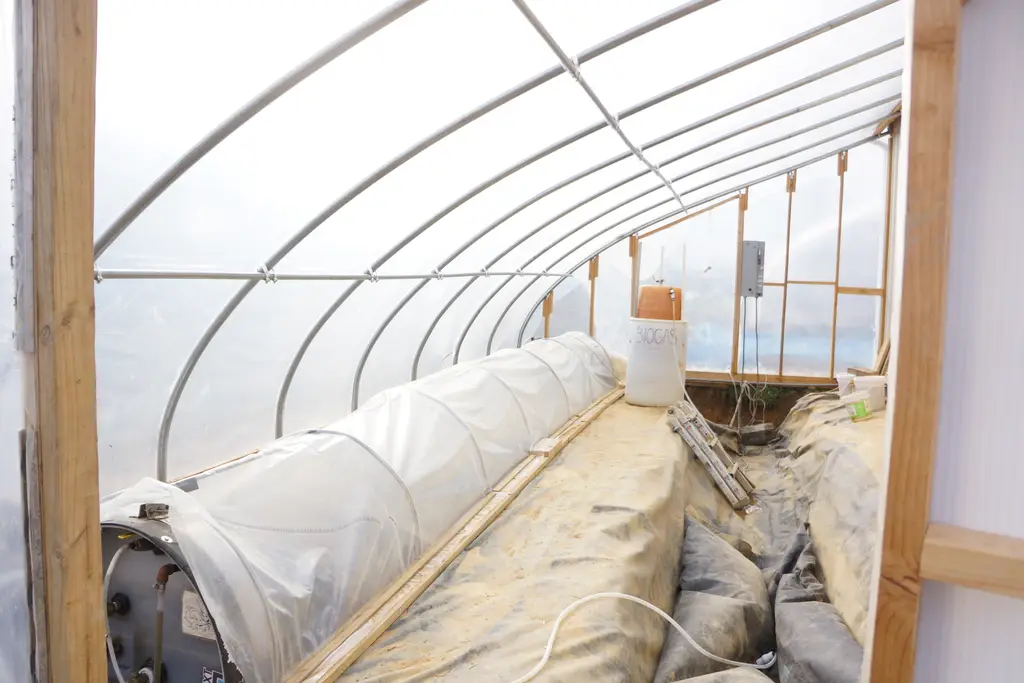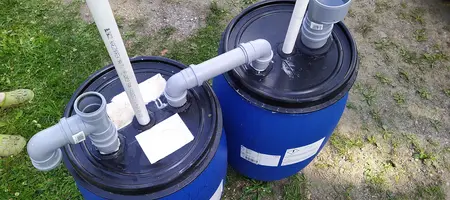Part 2 of our 3 part biogas series. If you haven't read part 1 we suggest to read part one first and then come back here.
A digester is a living creature, a fire breathing dragon, which we have to take care for. Each of them is unique as their composition of MO is unique. Because the MO are living they have some prerequisites to be met. One of them is temperature. From a temperature perspective there a three different temperature zones MO could be classified in: psychrophiles (also referred as cryophiles) which are able to live in cold environments, mesophiles which like to live between 20°C to 45°C and thermophiles, from 45°C to 122°C.
In DIY biogas we mostly deal with Cryophiles or Mesophiles. The industry goes for the Thermophiles as at higher temperatures reactions are faster and therefore methane is produced faster. But for DIY they are unsuitable because their handling is difficult. So the question is: where do I get Mesophiles from? As TH put it: „The easiest way is to find a duck pond or a place migrating birds have sat and shat and dig up the pound muck (we call it Duck Muck).“ In combination with cow manure or other ruminant manure we get a good starter to go with. Biodiversity is everything!
Initializing the digester
Once we got our Methanogens ready we can inoculate them into our digester. From a technical perspective a digester is a container with an inlet, an outlet, and a gas outlet, where the container is able to hold a certain amount of water. A PET bottle could be a digester, a rain catchment barrel could be a digester, and so on. In our case we use Intermediate Bulk Containers (IBC) to create a digester. IBCs come in different sizes, most common is 1 m³. They are also available in different colors, mostly black and white. Black is preferred because it makes sure light couldn‘t penetrate. Some of the Methanogens are light sensitive and also with light Algae could form. So, white IBCs need to be spray painted or covered. We aim for a temperature of 37°C if possible. Lower temperatures will do but gas production will be reduced. The lower the temperature the less Methane will be produced.
Tempature keeping
In order to keep temperature we have some tools at our hands. First of all we can raise the ambient temperature that surrounds our digester. We can put the digester inside, for example into a greenhouse. Once it is inside the next option is insulation. There are many different insulation materials available. We created a digester in Tamera, Portugal, that is surrounded by plastered straw bales, another one is insulated using Lime Stabilized Soil. Both digester have better production rate during winter than the others without.
In Finland insulation is just one part of the solution if we want to obtain a yield during winter time. Cold winters make active heating necessary. That could be for example achieved by using warm water when feeding. We build one digester in Upstate New York that has PEX coils inside pumping hot water through them. Basically a heat exchange inside the digester. We could use certain amounts of produced biogas to heat the digester. There are heating mats available that could be put below the digester. There are plenty of options available. Sometimes we are not able to get our digester to the optimum temperature but that only results in a lower gas production.
Here in Finland we, the DIY biogas community, have no data yet about how different insulation and combination of different techniques benefit the biogas production. There was some research done by TH in Alaska that showed usage of Cryophilic digesters. You can search for a PDF with your preferred search engine at the internet.
Basically temperature keeping burns down to context. How can I keep my digester at temperature in Finland? And from there the solutions arise. They are probably like a digester itself: unique.
Process value pH
But its not all about temperature. The second important factor is the pH. The pH is the negative decadic logarithm of the hydronium ion. Sounds pretty complicated , but actually it isn‘t. The pH ranges from 0 to 14 where 7 is neutral. Drinking water is pH 7 - neutral. Below 7 it is acidic, above 7 is alkaline. The Methanogens prefer an pH between 6.8 to 7.5. This is a pretty narrow range so we should keep an eye on it, especially if something isn‘t right – for example no gas gets produced. In that case we check pH with Litmus paper (or glass electrode) and take countermeasures.
If our digester for example went acidic we can use standard chemicals like sodium bicarbonate (NaHCO3), Lime (CaCO3) Lime-water (Ca(OH)2 , or Ammonia NH3 (which is toxic to the biogas process if added in in too great quantities) to get back into the preferred pH range.. Important to know is that the MO have buffering capacity, means they are able to absorb shocks, and therefore the wanted reaction could take time. There are several good write-ups about „Alkalinity and pH in anaerobic digestion“. I suggest to read at least one of them to get a far better understanding about digester chemistry than what could I describe at a brief overview.
(End of part 2) - continoue with part 3








